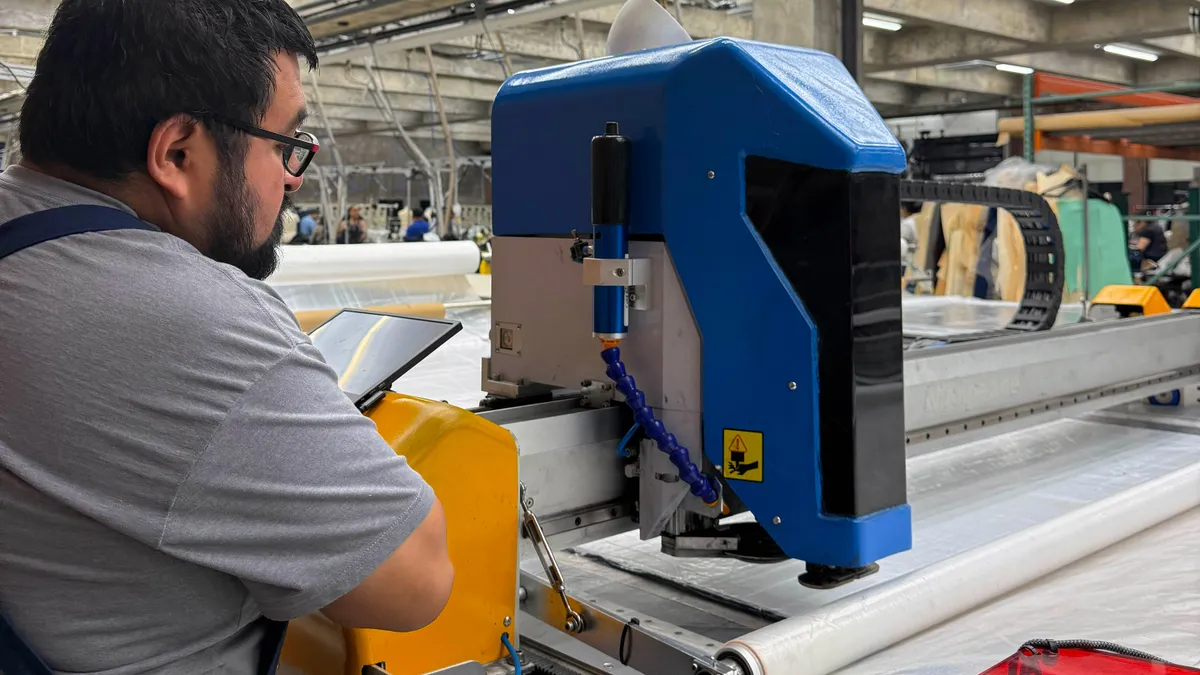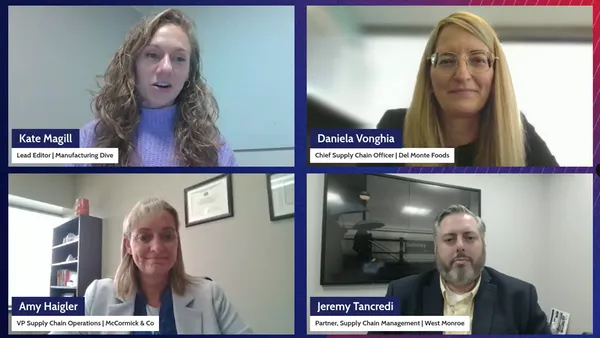Low demand continues to be a drag on the manufacturing industry as consumers continue to tighten their wallets in an uncertain economy.
And while economists say labor numbers are holding steady as companies retain staff to fulfill existing backlogs of work, that could change without a demand turnaround in the coming months.
"With backlogs at the lowest number since 2009, the Great Recession, there is no more work for people to work on. And you can only paint so many factory floors and clean so many machines when it's time to make the decision," the Institute for Supply Management's Manufacturing Business Survey Committee Chair Tim Fiore said on a media call Thursday regarding the ISM's Report on Business.
"We're probably setting ourselves up here where we have to see new orders coming back, or Q2 earnings season is going to be one that is an announcement of restructures," he added.
ISM's Purchasing Managers' Index came in at 46.9% in May, down slightly from 47.1% the month prior. A reading below 50.0% indicates an industry in economic contraction.
Despite the grim warning surrounding possible layoffs, Fiore noted that the supply chain mechanics of the industry are on the mend, setting manufacturing up for a hopeful rebound in demand.
Average lead times improved in May, as did production levels, up 2.2 percentage points from 48.9% in April to 51.1% this month. In addition, prices for key commodities including aluminum, steel and soybeans fell, another sign that wider improvements could be on the way.
"I'm not saying it's going to happen, but I'm saying the dynamics around allowing it to happen are much better than they have been in many months," Fiore said.
Fiore added that like in recent months, a widespread industry rebound is not likely until roughly three-quarters into the year. That estimate is a revision of early forecasts that expected a turnaround at the start of H2.
A second national index, the S&P Global U.S. Manuacturing PMI, posted slightly better numbers, with a reading of 48.4 in May, down from 50.2 in April. The marginal dip was similarly attributed to a fall in new orders and muted demand.
"Although a record improvement in supplier delivery performance helped manufacturers fulfill back orders in May, generating a third successive monthly rise in output, the overall rate of production growth remained disappointingly meagre thanks to a further drop in new order inflows," Chris Williamson, chief business economist at S&P Global Market Intelligence, said in a statement.
Manufacturers noted in the ISM index’s survey comments this month concerns over a possible recession in 2024, sentiments that Fiore attributed to the extended “soft landing” of the industry’s downturn, which is causing uncertainty.
Both indices cited this uncertainty as a pall over the industry, one that needs to clear for greater improvements to take shape and consumers to regain more confidence to place orders in the months ahead.
"The worst enemy of any economic enterprise is uncertainty," Fiore said. "We still have that uncertainty.”












